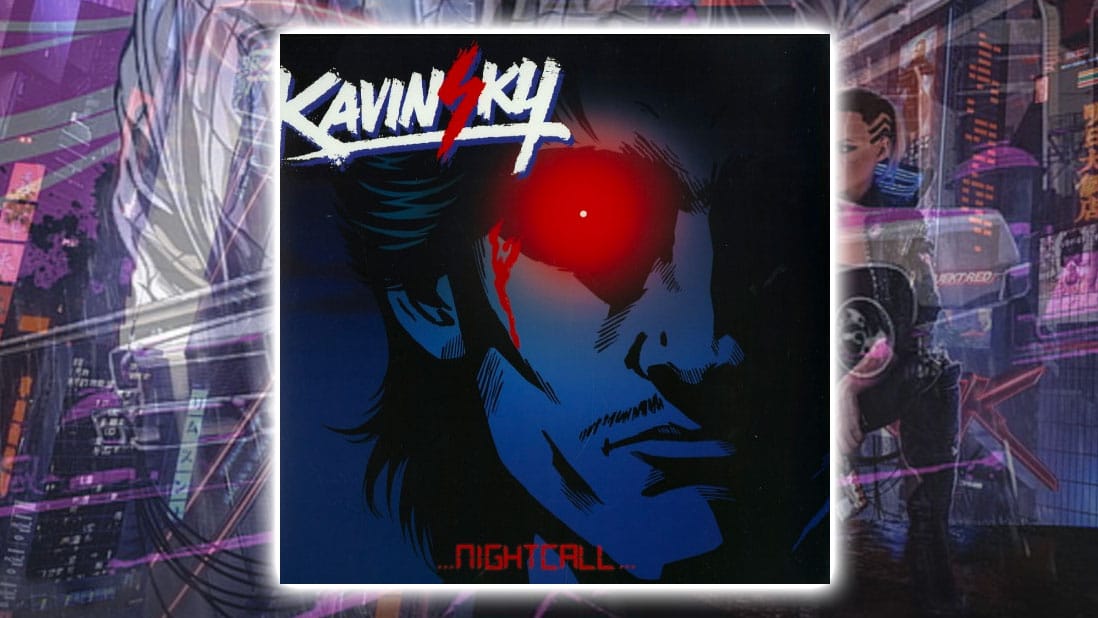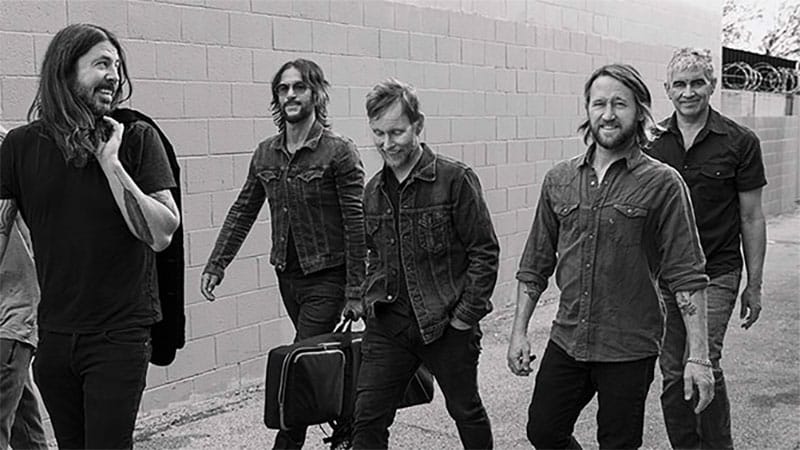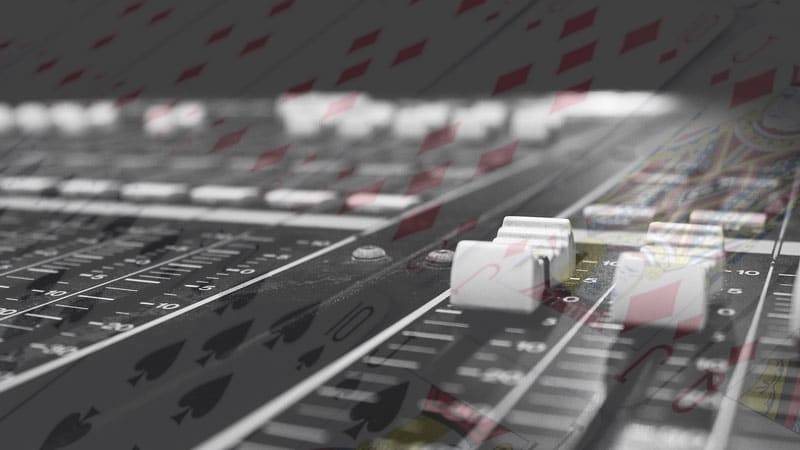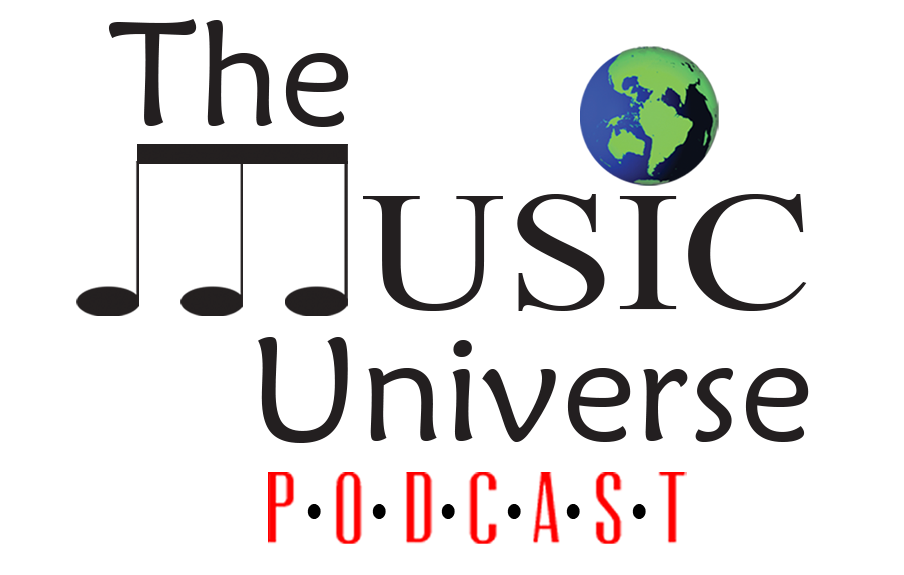In the opening credits scene of Nicolas Winding Refn’s brilliant 2011 movie Drive, we are treated to a rendition of Kavinsky’s “Nightcall.” The scene sets the tone for the movie ahead, with the almost mute “Driver” (Ryan Gosling) engaging in some eye acting as the audience gets to view a blurred version of nighttime Los Angeles illuminated by streetlights and office blocks that seem close yet far away. The blurry technique has been used before, not least in Michael Mann’s Heat and Collateral, where it is used to convey a sense of isolation in one of the world’s most populated cities.
But it is “Nightcall” that truly grabs you. Kavinsky was a relatively unknown French DJ before his song was chosen to open Drive, but the song brought him mainstream attention. “Nightcall” is an example of modern synthwave music, a niche, but interesting, genre that has the contradictive quality of being both futuristic and retro. It’s almost impossible to find a review of a synthwave song that fails to mention the 1980s. And you can understand that, as the music is often in homage form to 1980s movie scores. But this is also misleading. Rather than being a type of music that looks back to the 1980s, it is more apt to say it tries to capture how the future was viewed from the 1980s.
Synthwave can be found in the strangest of places
Synthwave – sometimes called retrowave or futuresynth – is clearly a niche musical genre. Most popular music fans would not be able to pick synthwave artists like Gunship or The Midnight out of a line-up. But it’s got many hardcore fans. The music is deliberately ethereal, characterized, of course, by synthesizers, keyboards, and often distorted vocals. It is, for want of a better term, cyberpunk music. Indeed, many artists cite Blade Runner’s (1982) soundtrack by Vangelis as the forerunner of the genre. As we said, it is about looking to the future from the 1980s.
Today, synthwave is found pocketed in lots of different places away from the mainstream. At times, the listener might not even be aware it is synthwave. Of course, sometimes it’s blatant, as in the CD Projekt Red game Cyberpunk: 2077, but other times, such as in the Neon Staxx online slot game from NetEnt, which features a classic 80s synthwave techno score throughout the game, the player probably isn’t aware of the genre. Thor: Ragnorak also used synthwave, albeit the score would be considered a little light for purists. But for those looking to find a treasure trove of synthwave, the best place to go is YouTube.
YouTube should be your go-to source for indie synthwave
In the title, we mentioned “Late Night Drive”, and that was not a reference to Winding Refn’s movie, but the curation of “Night Drive” synthwave music on YouTube. Some of it is influenced by the Drive movie, but much of it predates it. The concept is of an atmospheric night time drive through a city, or rather, a cityscape. As with Refn’s and Mann’s depictions of Los Angeles, you are a passenger in the city, not fully part of it. The sense of isolation is caught up in the music. Marvel83’s YouTube channel is a fantastic option for those looking for an introduction to this concept. But lots of independent synthwave artists will have curated videos and playlists under the tag “Night Drive.”
If we might offer a little criticism of synthwave it would be that it often lacks variation, at least compared to other genres. The differences in many tracks are sometimes only subtle. But that is also deliberate. If you were to ask someone to describe R&B music, there is such a wide variety of styles that evoke images of different places and times. Sythnwave is designed to bring the listener back in time to the 1980s in order to look forward. The deliberate repetition adds to the atmosphere, transporting you to new worlds like in the cyberpunk novels that influenced the music, or creating the illusion that you are a stranger in your own world.






